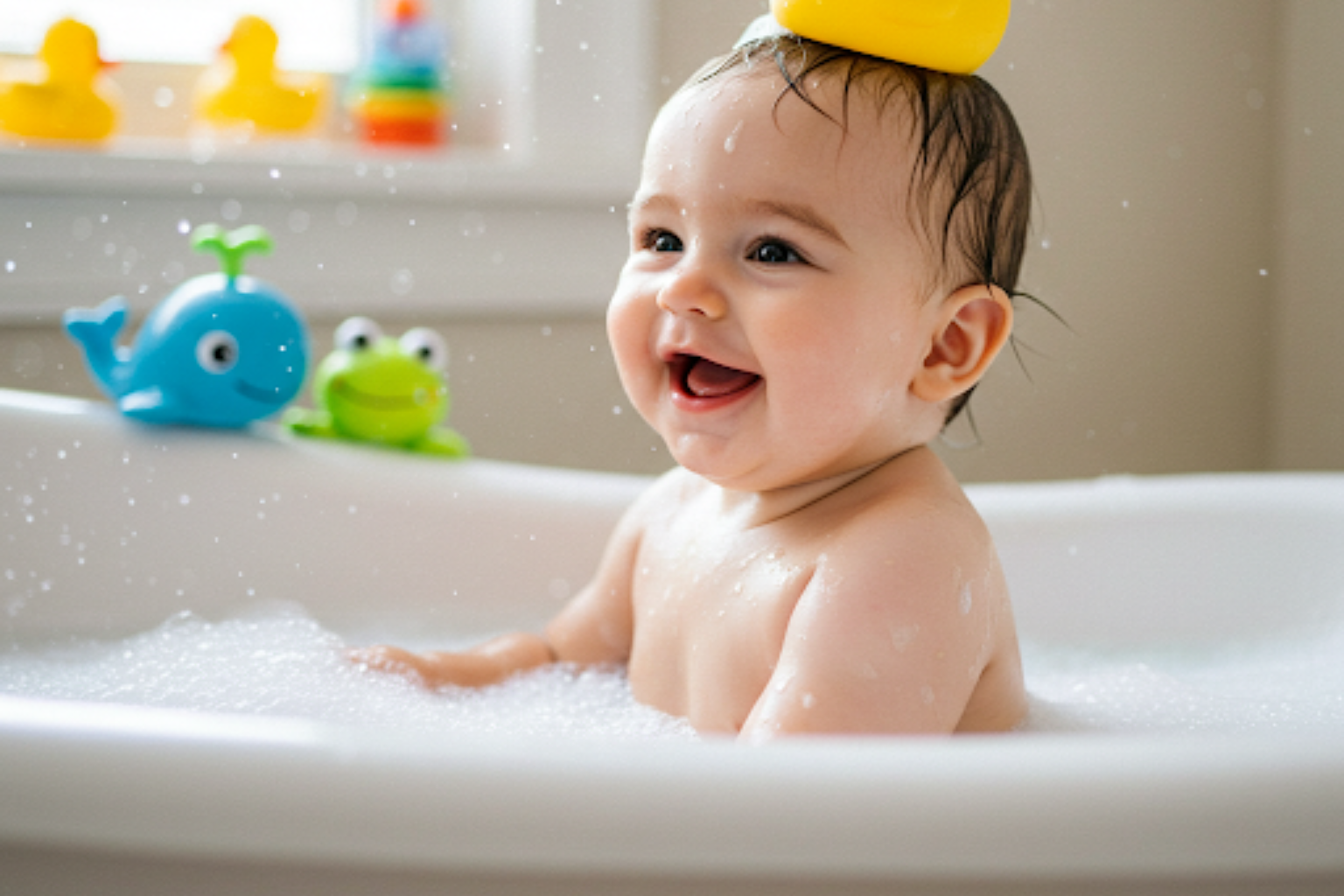Children are naturally curious and active explorers of the world around them. While this curiosity is essential for their learning and development, it also increases their vulnerability to accidents and injuries. That’s why creating a safe environment at home, in public spaces, and during daily routines is crucial for every parent and caregiver.
By adopting safety precautions and promoting awareness, it’s possible to significantly reduce risks and help children grow in a secure and confident way. This article offers practical tips and strategies to prevent accidents and foster a culture of safety from an early age.
1. Understanding the Importance of Safety Education
Teaching children about safety helps them become more aware of risks and empowers them to make better decisions as they grow.
Key Benefits:
- Encourages independence with responsibility
- Builds awareness of surroundings
- Reduces fear through preparedness
- Fosters lifelong safe habits
Start safety education early, using age-appropriate language and scenarios to help children understand what to do and why it matters.
2. Home Safety Measures
The home should be a secure environment where children can play and learn freely. However, many accidents happen inside the house due to hazards that are often overlooked.
Room-by-Room Tips:
Living Room
- Secure furniture to the wall to prevent tipping
- Keep small objects and cords out of reach
- Use corner protectors on sharp-edged tables
Kitchen
- Use back burners and turn pot handles inward
- Store knives, cleaning supplies, and hot liquids out of reach
- Install childproof locks on drawers and cabinets
Bathroom
- Never leave children unsupervised in the tub
- Use non-slip mats inside and outside the bathtub
- Store medications and hygiene products in locked cabinets
Bedroom
- Avoid pillows and loose bedding for babies
- Anchor tall furniture like bookshelves and dressers
- Use outlet covers and cordless window blinds
Stairs and Hallways
- Install safety gates at the top and bottom of stairs
- Keep floors clear of toys and clutter
- Ensure good lighting in all hallways and steps
3. Outdoor Safety Precautions
Spending time outside is vital for a child’s development, but it comes with risks that require supervision and preparation.
Yard and Playground Safety:
- Regularly inspect playground equipment for damage or rust
- Use soft materials like mulch or rubber under play structures
- Ensure fences are secure and gates are locked
- Keep gardening tools, lawnmowers, and chemicals locked away
Street and Bike Safety:
- Teach children to look both ways before crossing the street
- Use sidewalks and crosswalks when available
- Always wear a properly fitted helmet when biking, skating, or scootering
- Reflective gear is essential for visibility in low light
4. Car and Travel Safety
Automobile accidents are among the leading causes of injury in children, making travel safety a top priority.
Car Safety Essentials:
- Use car seats, booster seats, and seat belts based on age, weight, and height
- Rear-facing seats for infants up to at least 2 years old
- Never leave children alone in a car, even for a moment
- Activate child safety locks on doors and windows
In Public Transportation:
- Hold hands and stay close in busy stations
- Teach children to sit quietly and follow directions
- Have a safety plan in case of separation
5. Water Safety
Drowning can happen quickly and silently, even in shallow water. Constant supervision and prevention are vital.
Key Rules:
- Always supervise children near water, including bathtubs and buckets
- Enroll in swim lessons suited to the child’s age
- Install fencing around pools with self-closing gates
- Use life jackets near natural bodies of water
6. Fire and Electrical Safety
Preventing burns, shocks, and fire-related incidents requires vigilance and education.
Fire Safety Tips:
- Install smoke detectors on every level of the home and check batteries monthly
- Keep matches, lighters, and candles out of reach
- Teach children what to do in case of fire—“stop, drop, and roll,” and how to call emergency services
Electrical Safety:
- Cover unused outlets
- Avoid overloading sockets
- Keep cords organized and away from walking paths
7. Digital Safety and Online Protection
In today’s connected world, digital safety is also a part of accident prevention.
Digital Safety Tips:
- Use parental controls and age-appropriate filters
- Keep screens in shared spaces
- Teach children to avoid sharing personal information
- Encourage open communication about what they see and do online
8. First Aid Knowledge and Emergency Preparedness
Knowing what to do in an emergency can make all the difference. Teach children basic first aid and create a family emergency plan.
Suggested Actions:
- Have a stocked first-aid kit at home and in the car
- Teach children how to dial emergency services (e.g., 911)
- Practice fire drills and evacuation plans
- Label emergency contacts on phones or with cards in backpacks
9. Teaching Children to Be Safety-Conscious
Beyond physical measures, teaching children how to think critically about safety prepares them for real-world challenges.
Practical Methods:
- Use stories and role-playing to model safe behavior
- Praise safe choices and explain unsafe ones calmly
- Encourage questions and dialogue
- Set clear rules and boundaries consistently
A Culture of Prevention Starts at Home
Safety isn’t about instilling fear—it’s about empowering children with the knowledge and tools to stay safe while enjoying their freedom. By making safety part of everyday life, families can create a nurturing environment where children feel protected yet confident to explore the world around them.
